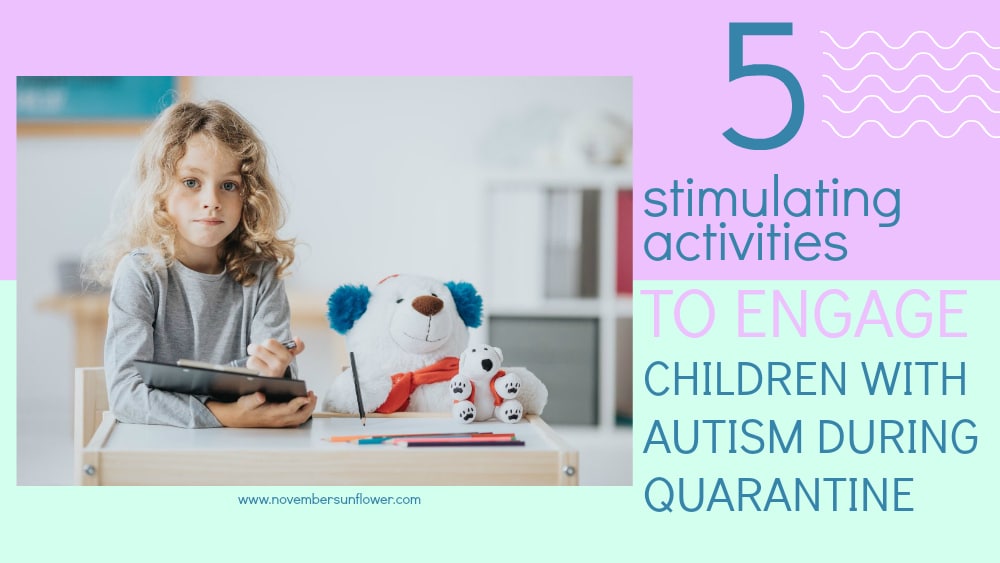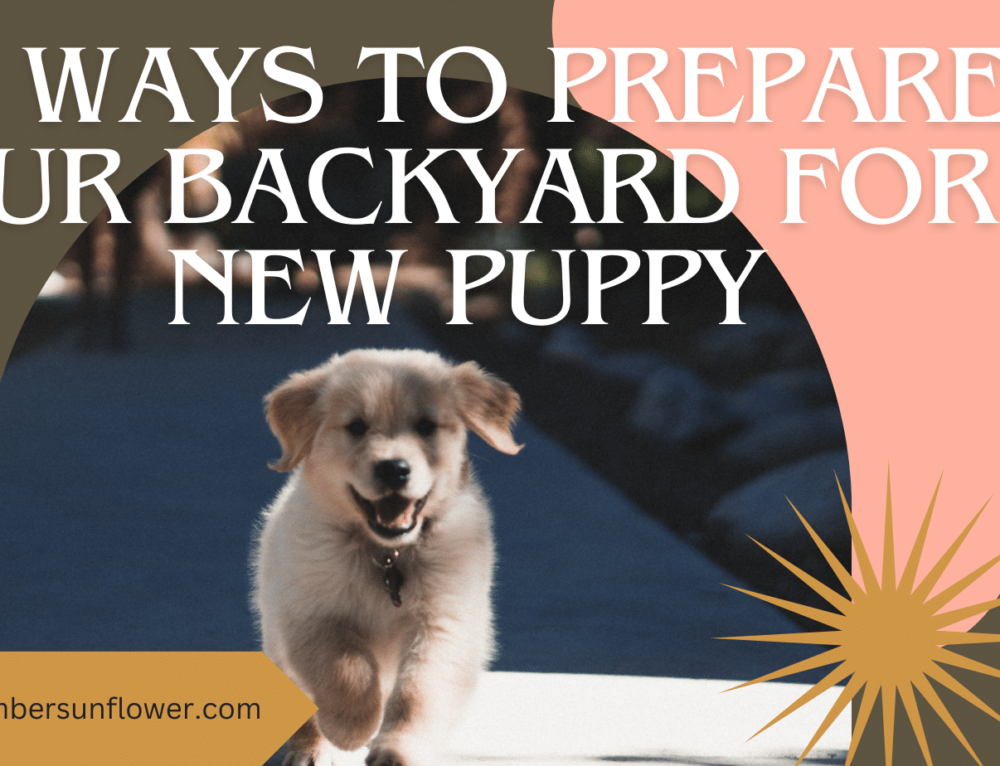Quarantine isn’t fun for children, but the change in routine for autistic children can be extremely disruptive. To help them stay engaged, families need activities that keep them reaching out to the world around them and ordering it as best they can as they adjust to this new reality.
Quarantine Help: Stimulating Activities to Engage Children with Autism
We hope parents will find these five stimulating activities to engage children with Autism helpful.
Get Outside
Getting out into the fresh air will help your child to build strength and get some sunshine. It’ll also help tire them out so they sleep more deeply and hopefully you can get some rest, too! For a lot of autistic children, the great outdoors can be disruptive. They may not be terribly comfortable getting up close and personal with waving leaves or small animals.
Instead, invest in a set of binoculars and let your child view the world from a safer distance. Birds and butterflies may move in a disconcerting way up close, but from a distance, they may stay put and be easier to observe.
Talk About Travel
Many autistic children have an obsession with cars, boats, or trains. Pop in a Pentrex video about a region of the United States to “hook” your child with the train theme, then pull out the map and take a look at the natural world around the tracks. For example, your child might get excited about the Amtrak Southwest Chief.
From the Chief, you can visit Dodge City and see the old west come to life. From Dodge City, you can drive north and look at fossils in Hays, Kansas. All along any route, you’ll find new views to enjoy and new objects to study.
Puzzles
Many autistic children, even those who struggle to speak, can work puzzles. Taking things apart counts as puzzles, so be sure to include tinker-y tools in the puzzle box. Puzzle books based on numbers and matching will also be popular.
Any puzzles that involve nesting objects inside other objects can also be fun, or a wooden game that involves settling shapes into custom a custom cut base will hold your child’s interest.
Legos
Legos are fun for everyone. To help your autistic child handle them successfully and to manage the clutter, keep the Lego pieces in a tray with a shallow lip. The size of the tray doesn’t matter; your goal is to give them a confined space where they can move the pieces around without scattering them everywhere.
This form of containment can be useful for other activities and games, but you’ll want to invest in more trays, rather than dumping the Legos into another container and re-using the tray; this may cause distress, discomfort or even panic.
Matching Games
A matching game can start as simply as a deck of cards. Before you give them to your child, go through and separate out the cards so they have 2 each ace through 10, 1 black, and one red. Encourage them to start matching the cards, face up.
You can start with just colors, or if they’re ready, move them to numbers. Try to include a variety of hearts, diamonds, clubs, and spades, so that factor can also change up the matching process.
Another method of matching for children is related to what belongs and what doesn’t. For this project, a dollhouse is ideal. If your child has the dexterity, put the furniture in front of the dollhouse and ask them where the beds go. This can quickly evolve into a conversation about specific objects, such as a toaster.
Your autistic child is likely highly observant, and working with objects in a dollhouse is a great way to get them talking about their understanding of the world they see. Why does the toaster go in the kitchen? Where doesn’t it belong, and why not? This form of communication can make it easier for you to see your child’s thinking process.
The creativity of the autistic mind is, too often, ignored because it can be far off the neurotypical scale. However, some of the most creative and innovative people in the history of humanity haven’t been neurotypical. In fact, autistic children are often forced to be doubly creative; they have their own thinking process but are required to see the world through a neurotypical lens to function in social settings.
About the Writer: Regina Thomas is a Southern California native who spends her time as a freelance writer and loves cooking at home when she can find the time. Regina loves reading, music, hanging with her friends and family along with her Golden Retriever, Sadie. She loves adventure and living every day to the fullest.







